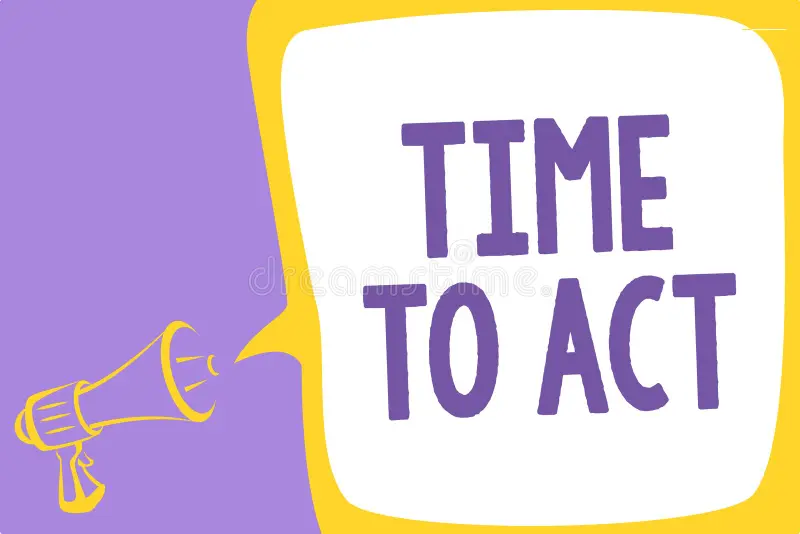Hidden Injuries, Lifelong Pain: The Forgotten Trauma Behind Chronic Musculoskeletal Diseases - How Untreated Minor Accidents Lead to Major Health Problems and the Ayurvedic-Marma-Chiropractic Approach
- Dr Rakesh VG
- Jul 29
- 4 min read
Updated: Jul 31
By Dr Rakesh Ayureshmi, Ayureshmi Ayurveda Wellness Centre, Kollam, Kerala, India
Did That Minor Fall Really Heal? Think Again.
What if most chronic back pain, hip stiffness, or sciatica wasn’t just age-related or "bad posture"—but the long-forgotten result of a minor slip or fall you never thought twice about?
Today’s widespread epidemic of musculoskeletal pain may have its roots in microtraumas we dismissed, but which never truly healed. The consequences? A future of painkillers, surgeries, and disability—unless we rethink how we view trauma and recovery.
Ignored Today, Chronic Tomorrow: Why This Conversation Matters Now
In our fast-paced lives, we shrug off minor accidents—a misstep on a staircase, a bicycle fall, even a child’s tumble off a swing. “It’s nothing,” we say. But in the clinical practice of Ayurveda, marma therapy, and chiropractic care, these seemingly trivial injuries often hold the seeds of tomorrow’s chronic musculoskeletal diseases.
The sacroiliac (SI) joint, for example—vital in stabilizing the spine and pelvis—can become subtly subluxated from a fall. Left uncorrected, it may later manifest as low back pain (LBA), pelvic dysfunction, knee degeneration, or even foot imbalance.
The Body Remembers: Trauma Is Not Always Felt at the Time
“The issue is not in your tissues—but in the memory of the tissues.”
This statement rings true when we observe how the body stores trauma. Dr. Upledger’s research in craniosacral therapy and somatic memory shows that fascia and muscle tissues can retain the tension and memory of trauma, even after the pain subsides temporarily.
In Ayurveda, abhighata (trauma) is considered a potent cause of vata vitiation, the root of 80% of musculoskeletal disorders (as per Sushruta Samhita, Nidana Sthana).
Once vata is deranged in asthi (bone) and snayu (ligaments), it leads to chronicity—unless pratishedha (early correction) is initiated.
SI Joint Subluxation: The Invisible Culprit Behind Many Ailments
The SI joint is the unsung hero of human biomechanics. It bears the weight of the upper body, transfers forces between spine and legs, and maintains pelvic alignment.
Even a minor fall onto the buttocks or tailbone can disrupt this joint’s subtle mobility, leading to what modern chiropractors call SI joint subluxation.
But the real tragedy? It often goes undiagnosed—since standard X-rays may not reveal the problem.
A study published in the Journal of Bodywork and Movement Therapies (2020) noted that nearly 25% of chronic low back pain cases involve unrecognized SI joint dysfunction, with patients often undergoing unnecessary MRI scans, long-term medication, or even spinal surgeries.
Marma therapy, which emphasizes palpation-based diagnosis, has shown exceptional promise here—where trained hands detect tension, asymmetry, or tenderness in parshni marma, kati marma, and trik marma, long before it escalates into structural damage.
The Slippery Slope: From One Fall to a Lifetime of Dysfunction
Once SI joint alignment is lost, the consequences cascade:
Altered Gait: Leg length discrepancy due to pelvic tilt
Compensatory Strain: Knee and ankle overuse injuries
Lumbago & Disc Issues: Chronic katishoola, sciatica, and disc bulges
Postural Collapse: Forward head, cervical strain, shoulder imbalance
In the words of renowned chiropractor Dr. Arlan Fuhr (co-developer of Activator Methods), “Most chronic spinal disorders can be traced back to one small, unaddressed injury years prior.”
This correlates with Sushruta’s concept of vyadhimula, or root cause. Once the mula is identified and corrected early, the disease progression is not just halted—it is reversed.
The Ayurveda-Marma-Chiropractic Protocol: Early, Hands-On, Non-Invasive
1. Detailed Traumatic History
Even forgotten injuries must be revisited. The Ayurvedic practitioner asks, “Did you fall as a child? Did you ever feel a jolt while jumping, or pain after childbirth?” This unearths the hidden abhighata.
2. Palpation Over Imaging
Modern diagnostics may miss minor joint misalignments. Marma-chiropractic assessment focuses on soft tissue tone, temperature, tenderness, asymmetry, and joint glide—information only hands can perceive.
3. Early Correction Techniques
Marma stimulation to restore pranic flow in affected joints
Chiropractic adjustments for SI joint, pubic symphysis, lumbar vertebrae
Basti chikitsa (medicated enema) to stabilize vata
Abhyanga and Pinda Sweda to relieve muscle guarding and restore alignment
Herbal Rasayanas will aid for long-term tissue healing
4. Preventive Education
Patients are taught about ergonomic sitting, spine-friendly yoga, and trauma-aware rehabilitation. The goal is swasthasya swasthya rakshanam—preserving health through awareness and early intervention.
It’s Never “Just a Fall”: Rethinking How We Heal
Every patient you meet with frozen shoulder, sciatica, or plantar fasciitis may be carrying a story of a forgotten injury. One fall. One misstep. One overlooked trauma.
If addressed at the time, that fall could have been the last. Left untreated, it becomes the first domino in a long line of health deterioration.
Let us not wait until MRI scans or surgery become the only options. Let us bring back hands-on healing, trauma-sensitive care, and early intervention rooted in the wisdom of Ayurveda and the precision of chiropractic alignment.
Did that fall really heal?
Thousands suffer from low back pain and joint degeneration because of an injury they don’t even remember.
Discover how Ayurveda and marma-chiropractic therapy can detect and heal the root cause—before it becomes chronic.
Your body remembers. It’s time we do too.
#AyurvedaHeals #SacroiliacAwareness #BackPainSolutions #MarmaChiropracticCare #TraumaInTheBod #SacroiliacAwareness #AyurvedaHealsTrauma #ForgottenInjuryChronicPain #MarmaChiropracticCare #PreventChronicPain




Comments